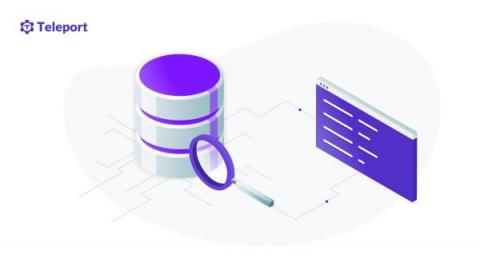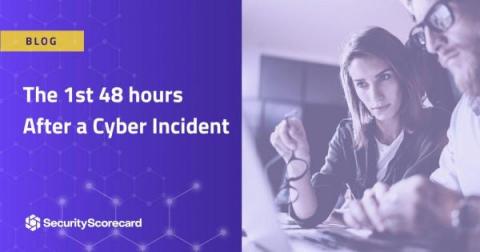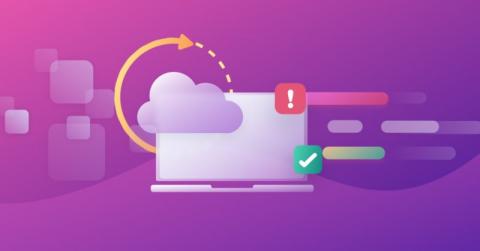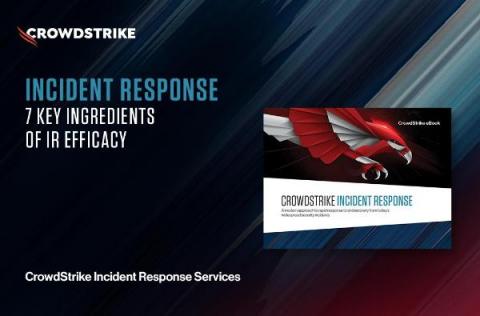Reduce Time Or Do Not, There Is No Shift
In previous blog posts we’ve discussed the value of a data-driven approach to security operations. In this post, we’d like to reflect and take a closer look at what that approach means to the automation of SOC (Security Operations Center) workflows and how it has influenced the product and design decisions of ThreatQ and ThreatQ TDR Orchestrator.











